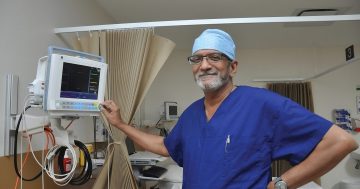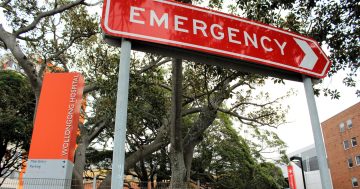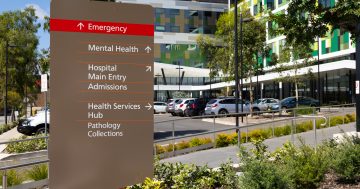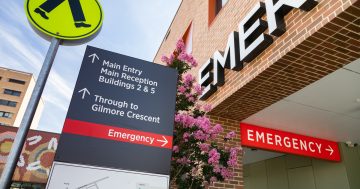 Pressure on the State’s healthcare system has continued, with the Bureau of Health Information’s (BHI) latest quarterly report showing that patients typically waited longer for hospital and ambulance services today than since reporting began over a decade ago.
Pressure on the State’s healthcare system has continued, with the Bureau of Health Information’s (BHI) latest quarterly report showing that patients typically waited longer for hospital and ambulance services today than since reporting began over a decade ago.
Acting Chief Executive of BHI, Hilary Rowell said sustained COVID-19 case numbers and the arrival of the winter flu season continued to put pressure on healthcare services.
Ms Rowell said the Healthcare Quarterly: April to June 2022 showed demand for ambulance responses remained high.
“Particularly for patients requiring an emergency (P1) response, and patients waited longer for an ambulance than in any quarter since BHI began reporting in 2010,” Ms Rowell said.
“Half of the 175,892 responses to emergency patients took more than 16.3 minutes – the longest since 2010,” she said.
“Additionally, the response time for half of the 12,134 highest priority (P1A) cases was more than 9.1 minutes.”
Ms Rowell said emergency department (ED) attendances were up 5.2 per cent (793,987) compared to the same time last year.
She said around six in 10 of these patients (62.8 per cent) were seen on time, the lowest of any quarter since BHI began reporting in 2010.
“The number of patients who left without, or before completing treatment (76,117) was up 67.6 per cent when compared with 2019 and the highest on record,” Ms Rowell said.
“This includes patients who were triaged but left the ED before treatment began, and patients who began treatment but left before it was completed,” she said.
“Our additional analysis shows that one in five patients who leave without, or before completing treatment, tend to re-present to an ED within three days.”
Of those patients who arrived at an ED by ambulance, Ms Rowell said 72.5 per cent had their care transferred to ED staff within 30 minutes.
She said fewer elective surgeries were performed than the historically high numbers a year earlier, but activity was up 41.1 per cent (15,649) compared with January to March 2022, when non-urgent surgery was suspended for a period of time.
However, Ms Rowell said waiting times for non-urgent surgery continued to increase – with half of those patients waiting longer than 339 days before receiving their surgery.
Deputy Secretary of NSW Health, Matthew Daly said COVID-19 and flu had a significant impact on healthcare workers, with thousands of NSW Health staff unavailable every day throughout the quarter, either through illness or isolation.
“I want to thank all our staff for their incredible efforts during this difficult period because the work they have done, and continue to do, to care for the people of NSW is extraordinary,” Professor Daly said.
“We acknowledge that the challenges faced by the health system did have an impact on the timeliness of care provided during the quarter, but we continued to make every effort to ensure that those who need care urgently received it without delay,” he said.
He said not only did public hospitals have a hugely busy quarter, but the complexity of ED attendances had increased, with about 111,000 patients arriving in an imminently life-threatening condition – “the highest number of patients in this category in any quarter since BHI began reporting”.
BHI’s 32-page Report can be accessed at this PS News link.











